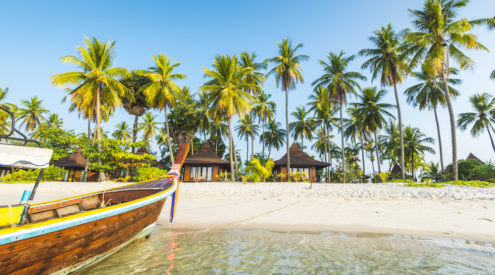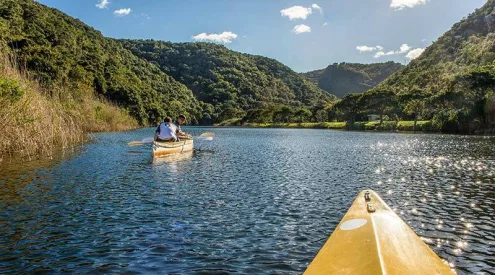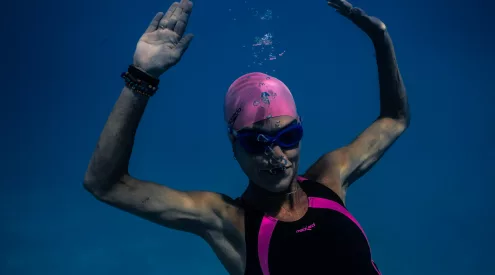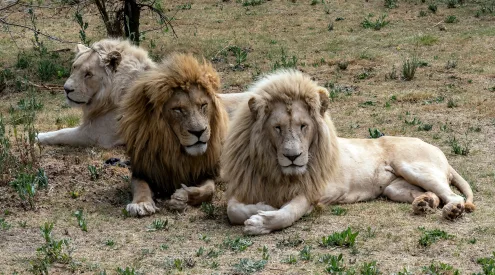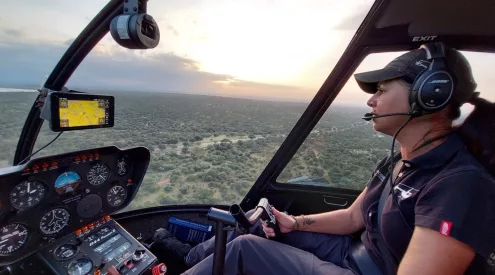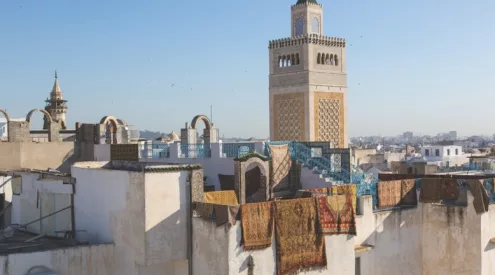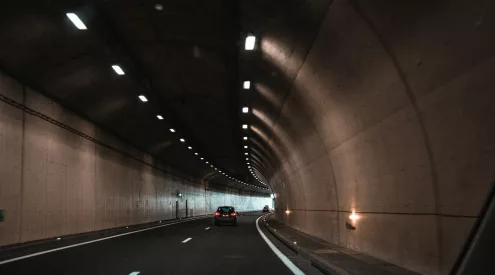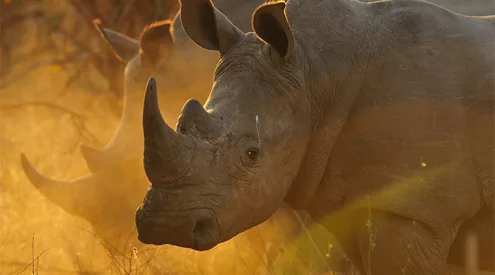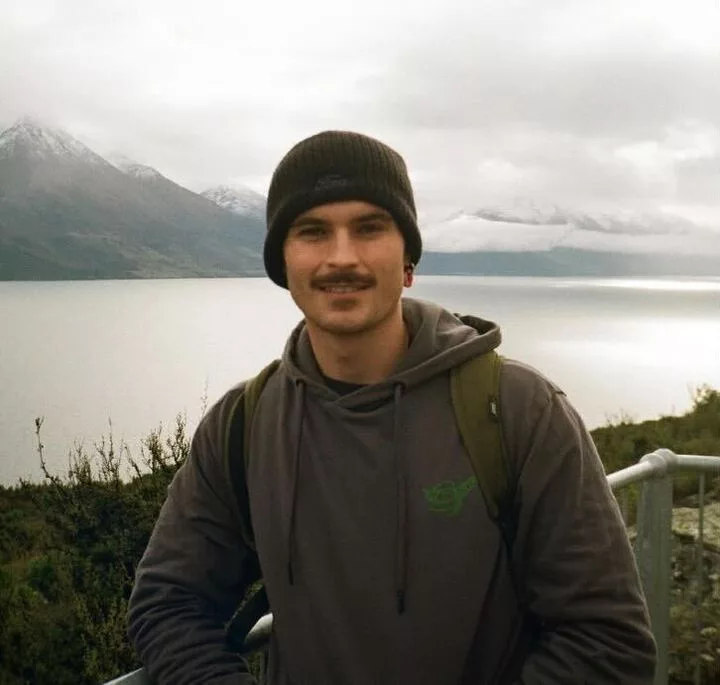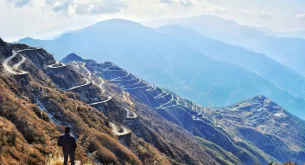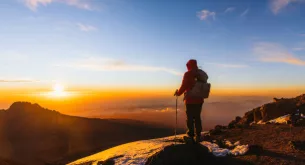Scientists have developed artificial intelligence systems that are being used to reduce poaching in Africa. These systems use and learn from information on where the poaching is taking place to help protect the animals.
According to a recent report published by wildlabs.net, AI has been recognised as one of the top three rising technologies being used in conservation. Stating that ‘AI can learn how to identify which photos out of thousands contain rare species, or pinpoint an animal call out of hours of field recordings – hugely reducing the manual labour required to collect vital conservation data.’
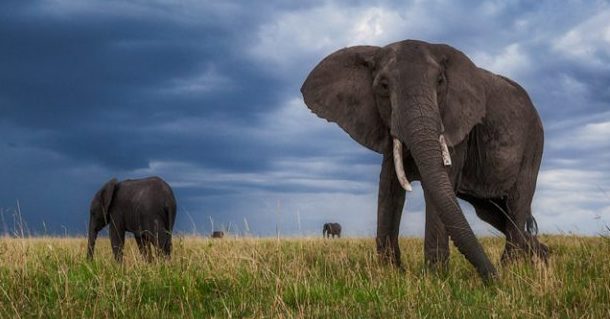
Artificial intelligence is being used in anti-poaching patrols to monitor species through audio recordings, camera traps and satellite images.
Zambia’s Kafue national park covers 22,400 sq km and is home to over 6,600 African savanna elephants which makes halting poaching a massive logistical challenge. The Guardian reports that poachers masquerade as fishermen, entering and exiting the park unnoticed in the cover of darkness. This illegal fishing takes place in Lake Itezhi-Tezhi which borders the park.
Zambia’s Department of National Parks and Wildlife, in partnership with the Connected Conservation Initiative, from Game Rangers International (GRI) has mobilised AI technology to increase the efficiency of conventional anti-poaching methods. A 19km-long virtual fence across Lake Itezhi-Tezhi was constructed in 2019 with cameras installed. These cameras had to be watched around the clock manually by rangers. Today, infrared (FLIR) thermal cameras monitor every boat moving in and out of the park at all hours every day. The system responds to any signs of illegal activity and therefore has eliminated the need for constant manual observation.
Ian Hoad, the special technical adviser at GRI said that ‘There have long been insufficient resources to secure protected areas, and having people watch multiple cameras 24/7 doesn’t scale.’ He calls AI a ‘gamechanger’ and says that ‘The technology has enabled a handful of rangers to provide around-the-clock surveillance of a massive illegal entry point across Lake Itezhi-Tezhi.’
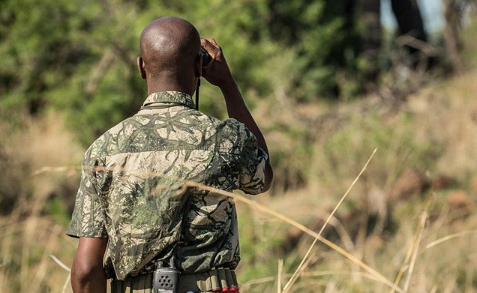
In the Maasai Mara in Kenya’s National Reserve, a new technology called TrailGuard AI is being used to recognise movement in remote parts of the park. The sleeping cameras once triggered takes images on a processor chip which then runs through an AI program which can recognise if it is a human shape or not. High quality images are then sent through a satellite to the headquarters, who can then organise an ambush.
Biologist Eric Dinerstein who developed the system for a conservation non-profit likes to think of the cameras as ‘AI supported poacher alarms’ which not only protect the endangered animals but also make the job of the rangers safer.
Pictures: Getaway gallery
ALSO READ
Electric motorbikes for rangers? Poachers won’t hear them coming

